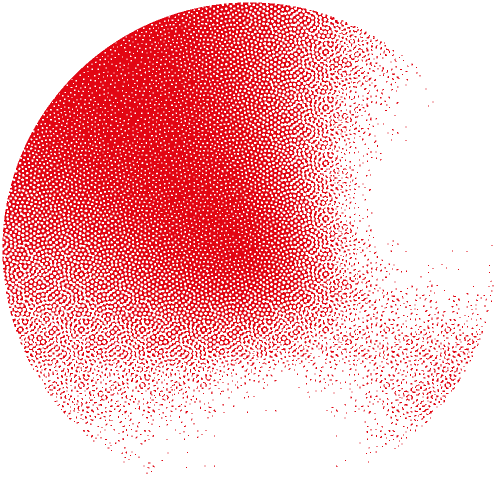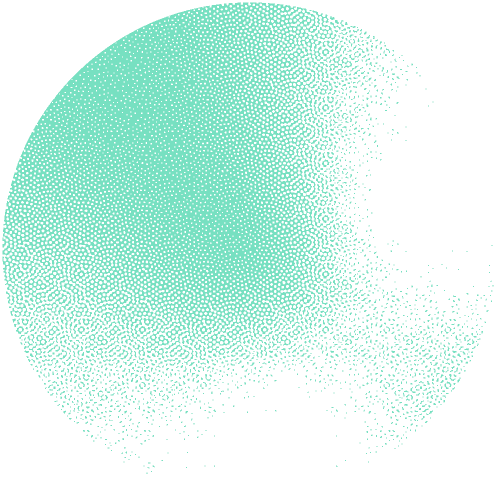

Statistics and data visualization - Lessons learned from the SARS-Coronavirus-2



30 June 2020



For-profit: 0 CHF
This webinar will be streamed only for registered participants. The deadline for registration is 30 June 2020.
One of the side effects of the COVID19 crisis has been an abundant production of statistics, predictions and graphics that were published both in scientific papers and in the media.
These publications have elicited many different questions that are not specific to the COVID19 situation: What is the quality of the data ? How can we compare different groups (e.g. countries) ? How dangerous is it to make predictions ? What is the "best" way to represent data ?
During this short webinar, we will discuss some of these questions, using examples from the COVID19 crisis to illustrate various topics that should be of interest to most researchers in the life sciences.
This webinar is given by Frédéric Schütz, head of the Biostatistics platform at the University of Lausanne, and SIB group Leader. Frédéric is well-known as a trainer in the field and for his several years of outstanding teaching practices.
Structure
A tour of the good and best practices in statistics illustrated with COVID19 data generated during the pandemic will be presented.
This will be followed by a Question and Answer (Q&A) session.
Audience
PhD students, postdocs and other researchers, from any scientific environment (academia, facilities, companies, etc.).
This webinar should be of interest to any researcher in any scientific field interested in data analysis, and COVID data in particular.
Learning objectives
At the end of this webinar, the participants will be able to:
- Understand the issues that surround data quality.
- Understand why comparing data from different groups is complicated.
- Compare different ways of representing data, and know their advantages and disadvantages.
Prerequisites
Knowledge / competencies
All the resources are web-based. No particular bioinformatics competencies are required.
Technical
This webinar will be streamed, you are thus required to have your own computer with an internet connection.
Venue and Time
This webinar will be streamed to registered participants, and more information will be sent in due time.
The webinar will start at 14:00 CET and end around 15:00 CET.
Application
Attendance is free-of-charge, however registration is mandatory.
There is no limit on the number of participants. All those who will have registered will receive, 1 day before the webinar, by email the information for remotely connecting to the online meeting room.
Additional information
Coordination: Patricia Palagi
You are welcome to register to the SIB courses mailing list to be informed of all future courses and workshops, as well as all important deadlines using the form here.
SIB abides by the ELIXIR Code of Conduct. Participants of SIB courses are also required to abide by the same code.
For more information, please contact training@sib.swiss.